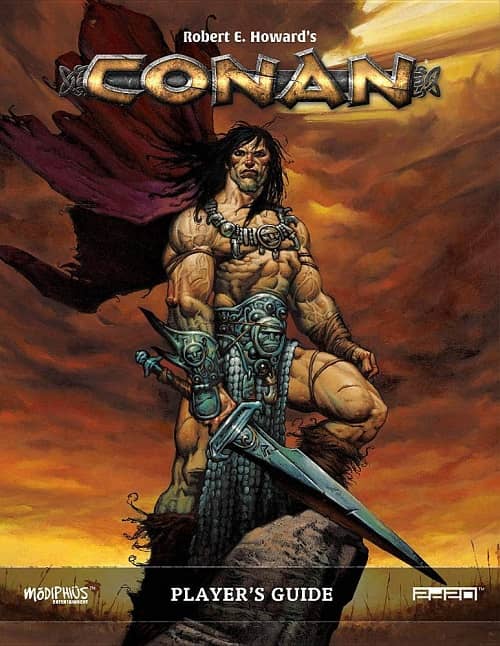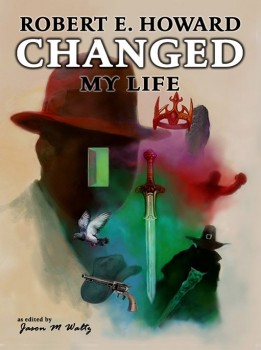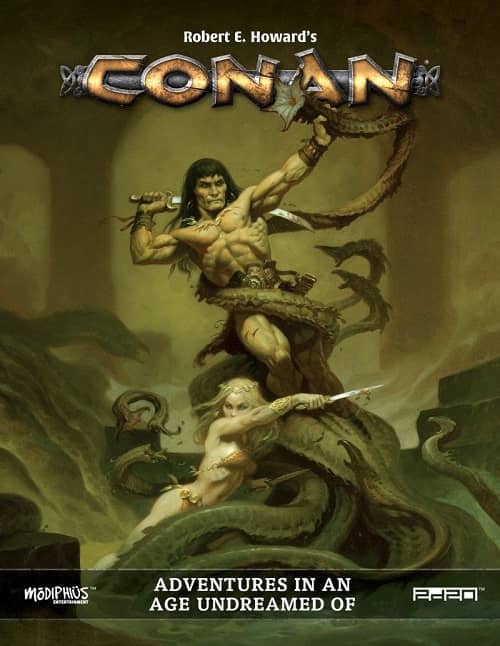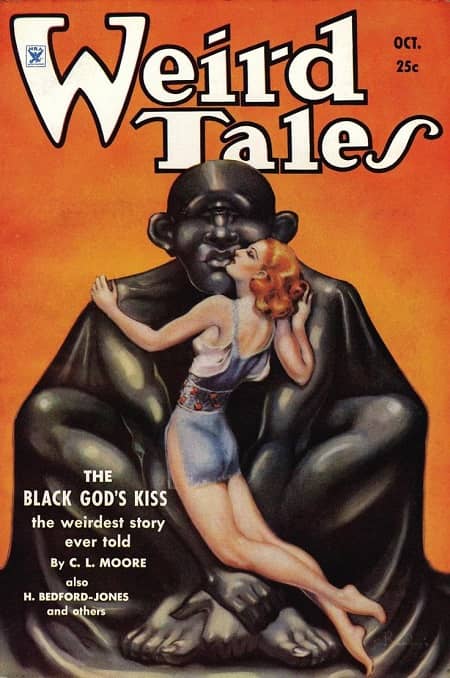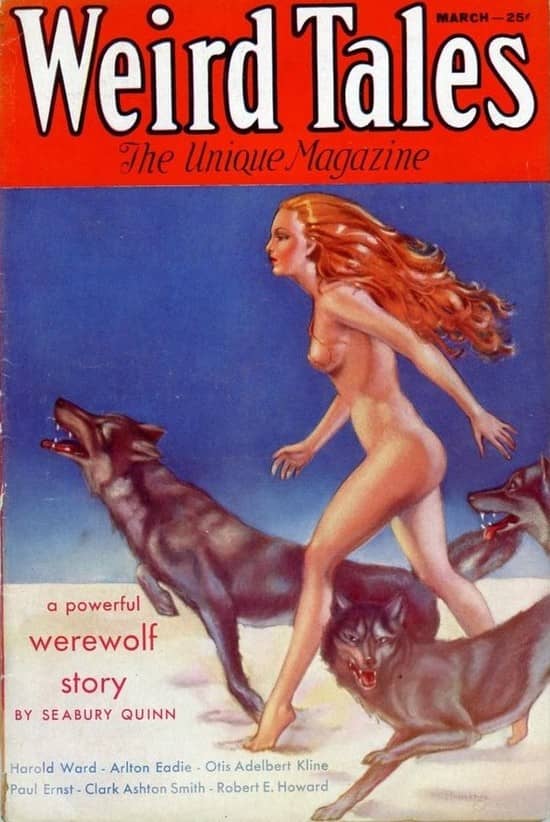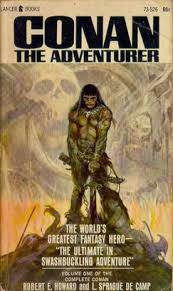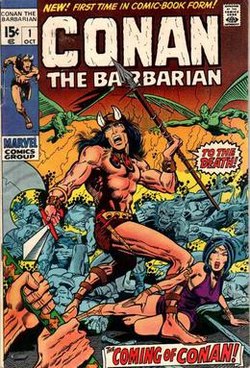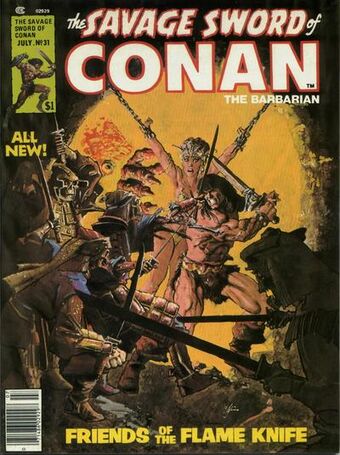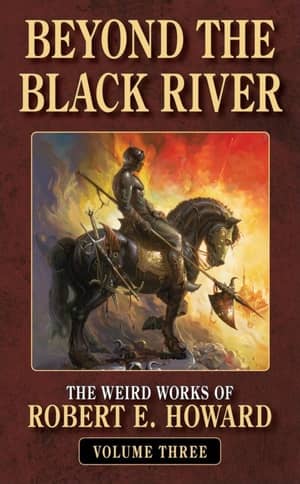A Report on Modiphius’s Robert E. Howard’s Conan: Adventures in an Age Undreamed Of—Part Three
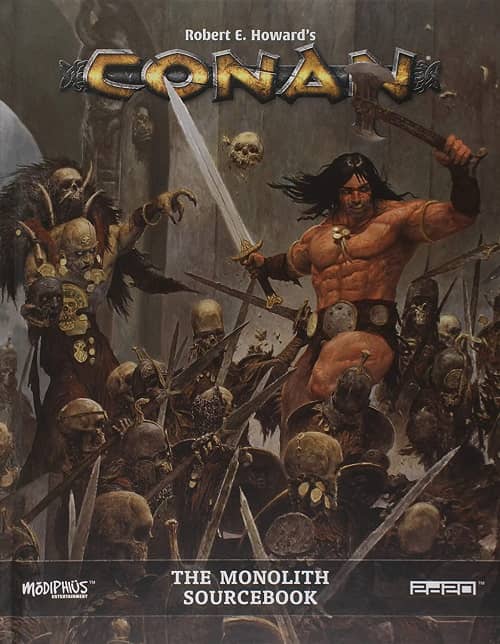 |
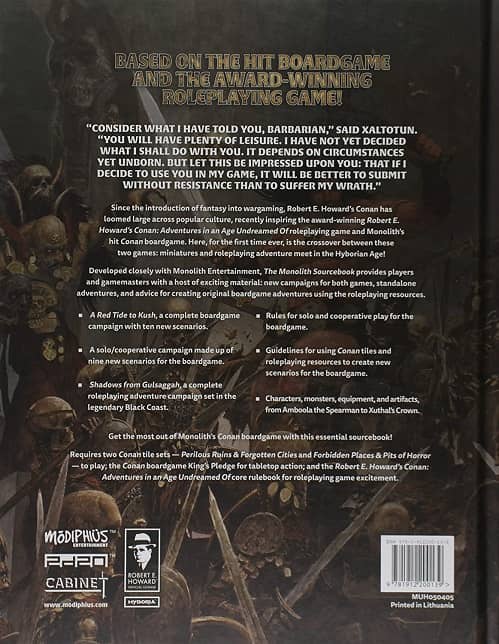 |
In the previous two articles in this series (Part I and Part II), I have explained Conan 2d20’s core mechanic, character structure, and combat. I believe that this is what is required to begin to “grok” the principles of this game. For the concluding installment in this discussion, therefore, I will address criticisms, provide “mini-reviews” of the various Conan 2d20 supplements, and point to the overall Conan gaming community.
My online Conan group initially formed around me as GM. I ran two adventures over five sessions. Currently someone else is GMing and is soon to pass the “story stick” to someone else. This method of shared GMing, I believe, is representative of Robert E. Howard’s source material: episodic, (in our case) “main characters” come and go.
The current GM once gave to me what I think are accurate estimations of Conan 2d20 overall. He gives the artifact of the game (beautiful, full-color art throughout, well-bound, a place-ribbon included in every volume) and the system itself an “A.” Rules presentation he awards a “C.” He says, when he recommends Conan 2d20 to prospective gamers, he feels like he is recommending a friend who he knows is lazy to a job interview.
The laziness, perhaps, results from rules presentation. The book forces quite a bit of cross-referencing to figure out some of the particular action resolutions. Moreover, the reader must learn that some terms, which may at first appear to be synonyms of each other, likely have particular meanings in terms of game mechanics. This confusion is mitigated only partially by the use of capitals to denote particular mechanical functions. A lot of the rules, unfortunately not always expressly stated as such, must read as logical propositions, i.e., “if A and B, then C.” And this sort of reasoning delightfully spills out into the forums. Also on the forums are outright new rules constructions and innovations, usually to fill in what has inadvertently or by design been left out of the book. To be clear, the rulebook often states its ethos as being a flexible system wide open to GM rulings, but this assertion is compromised by the presence of Skill Talent trees: it is not unlikely that a chance GM ruling or group consensus, which may result in a campaign precedent, will “invade” a feature conferred by a Talent, which consequently invalidates the worth and usefulness of that Talent. With this measure of ambiguity, Conan 2d20 rules lawyers are likely to find many opportunities to bring suits to court.
